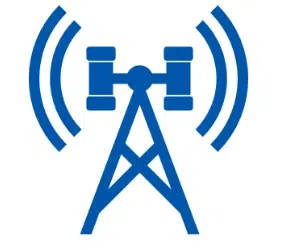Asked on October 23, 2023
What safety regulations apply to cell tower installations?
Answers to the question:
Cell tower installations are subject to various safety regulations and standards to ensure the safety of workers, the public, and the integrity of the wireless infrastructure. These regulations and standards are typically established by government agencies, industry organizations, and safety authorities. Here are some of the key safety regulations that apply to cell tower installations:
- Occupational Safety and Health Administration (OSHA): In the United States, OSHA sets and enforces safety standards for the telecommunications industry, including cell tower installations. OSHA regulations cover various aspects of tower construction, maintenance, and safety, including fall protection, training requirements, and equipment safety.
- National Electrical Safety Code (NESC): The NESC provides safety standards for the design, construction, and maintenance of electric supply and communication lines. It includes provisions related to clearances, grounding, and safety practices associated with cell tower installations.
- National Fire Protection Association (NFPA): NFPA standards, such as NFPA 70 (National Electrical Code) and NFPA 790 (Standard for Competency of Third-Party Field Evaluation Bodies), may apply to electrical and fire safety aspects of cell tower installations.
- Federal Aviation Administration (FAA): The FAA regulates the lighting and marking of cell towers to ensure aviation safety. Towers that meet certain height criteria or are located near airports are required to have appropriate lighting and markings.
- Local Zoning and Building Codes: Cell tower installations must comply with local zoning and building codes, which vary by jurisdiction. These codes address issues such as tower height, setbacks, and land use restrictions.
- Radiofrequency (RF) Safety: Regulations and guidelines related to RF safety are in place to limit human exposure to radiofrequency radiation emitted by cell tower antennas. The Federal Communications Commission (FCC) sets RF exposure limits, and carriers are required to conduct RF compliance assessments for their sites.
- Environmental Regulations: Depending on the location and environmental considerations, cell tower installations may need to adhere to environmental regulations. This can include permits related to wetlands, wildlife protection, and other environmental concerns.
- Worker Training and Certification: Safety regulations often require workers involved in cell tower construction and maintenance to receive training and certification in areas such as tower climbing, fall protection, and equipment operation.
- Equipment and Materials Standards: Cell tower equipment and materials must meet industry standards for safety and durability. These standards are set by organizations like the Telecommunications Industry Association (TIA) and the American National Standards Institute (ANSI).
- Emergency Response and Evacuation Plans: Safety regulations may require cell tower operators to have emergency response and evacuation plans in place to address unforeseen incidents or hazards.
Compliance with safety regulations is crucial in the telecommunications industry to prevent accidents, injuries, and damage to property. Cell tower companies, contractors, and property owners must be aware of and adhere to these regulations to ensure the safe installation and maintenance of cell tower infrastructure. Additionally, safety training and ongoing monitoring are essential components of a safe cell tower work environment.
